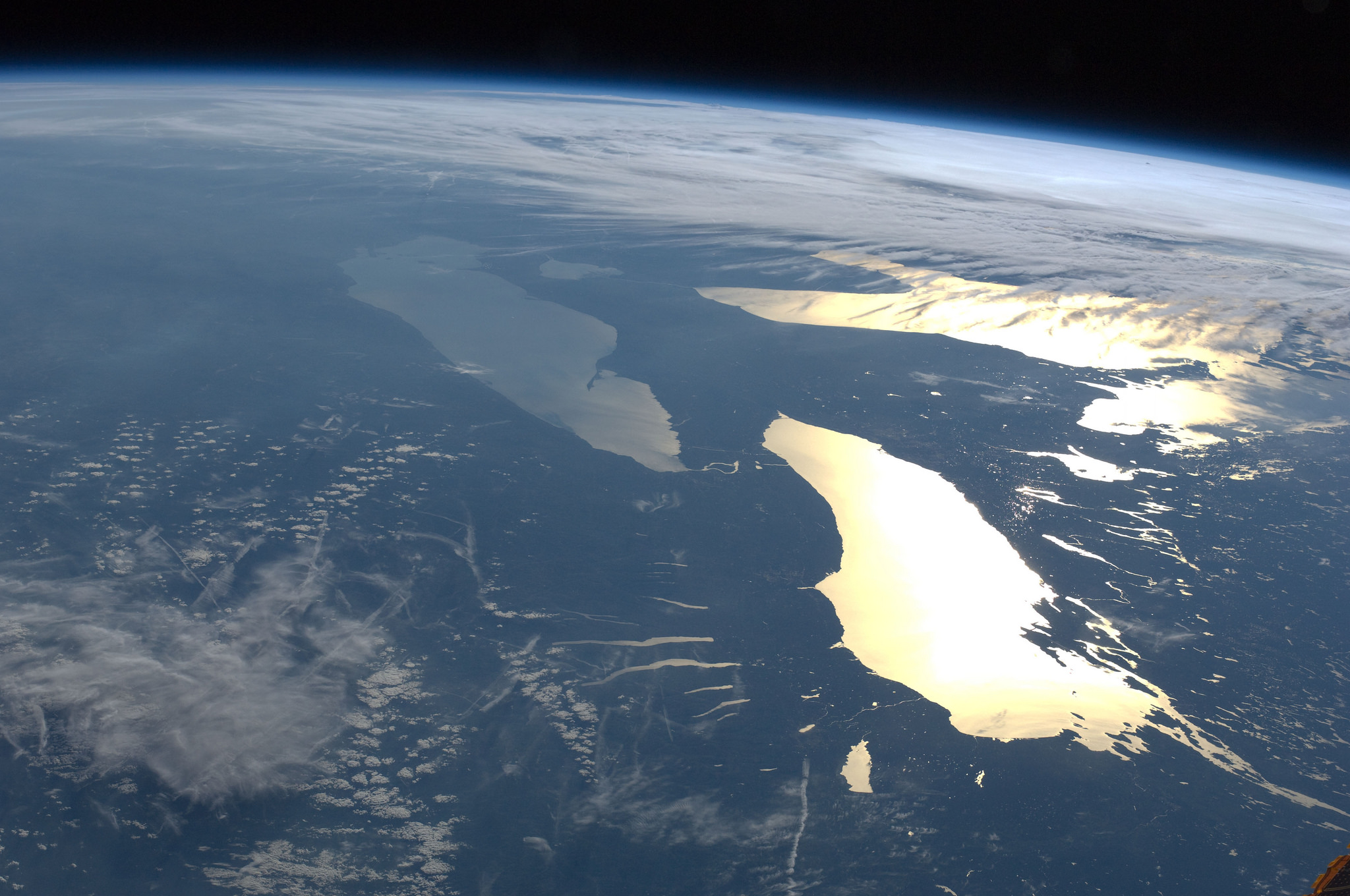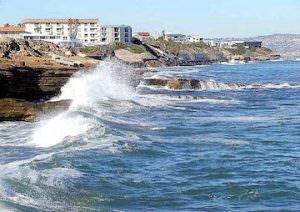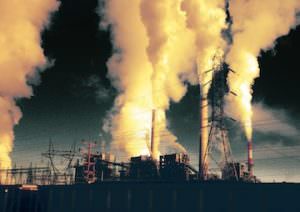2 Reasons 2019 Could Be the Planet’s Worst Year Yet
Here comes another dismal science forecast, with human carbon emissions due to rise this year. NASA's Marshall Space Flight Center / CC BY-NC 2.0
NASA's Marshall Space Flight Center / CC BY-NC 2.0
Stand by for a year in which global warming can only get worse as human carbon emissions climb still further. British meteorologists warn that although 2018 broke all records for greenhouse gas emissions, 2019 will see even more carbon dioxide take up long-term residence in the planetary atmosphere.
And it will happen for two reasons, both of them nominally at least under human control. The overall release of carbon dioxide from power stations, factory chimneys, cement quarries, car exhausts and so on will continue to rise with fossil fuel combustion, even though there has been greater investment than ever in renewable resources such as wind and solar energy.
And those natural “sinks” that absorb extra carbon from the atmosphere and sequester it as living timber in the forests, or bones and shells in the oceans, are expected to under-perform.
This is largely because of natural cyclic variation in the tropical climate, but also partly because humans continue to degrade grasslands and fell or burn the forests that naturally absorb carbon dioxide from the atmosphere and return oxygen for the animal world to breathe.
Hawaii’s unique record
Climate scientists know what is going to happen because they can see the future already written in a unique 60-year-old cycle of data recorded high on a mountaintop in Hawaii, in the Pacific, far from any heavy industry or city pollution that might distort the local chemistry of the atmosphere.
“Since 1958, monitoring at the Mauna Loa observatory in Hawaii has registered around a 30% increase in the concentration of carbon dioxide in the atmosphere,” said Richard Betts, of the UK Met Office’s Hadley Centre.
“This is caused by emissions from fossil fuels, deforestation and cement production, and the increase would have been even larger if it were not for natural carbon sinks which soak up some of the excess CO2.
This year we expect these carbon sinks to be relatively weak, so the impact of record high human-caused emissions will be larger than last year.”
“Deforestation in the Brazilian Amazon increased to around 8,000 square kilometres in 2018, equivalent to losing a football pitch of forest every 80 seconds”
At the heart of the diagnosis is the increasing understanding of the role of the world’s great oceans in managing planetary weather patterns.
A year ago the tropical Pacific was relatively cool, rainfall increased and land-based ecosystems flourished, soaking up atmospheric carbon. In a relatively warm cycle, many regions become warmer and drier, which in turn limits plant growth.
Carbon dioxide ratios in the global atmosphere for most of human history, until the Industrial Revolution and the arrival of the steam age and the internal combustion engine, oscillated at around 280 parts per million (ppm). In the last decade, the ratio reached 400 ppm, and in 2018 peaked at 414.7 ppm in May, before beginning to fall in the northern hemisphere growing season, to rise again in September.
El Niño distortion
Overall, the average for 2018 was 411 ppm, with an uncertainty factor of 0.6 ppm. In 2019, the average is likely to be 2.75 ppm higher still. This would be one of the largest annual rises on record.
The rises in 2015-2016 and in 1997-1998 were higher, but these years’ readings were distorted by the arrival of a dramatic but natural Pacific warming called El Niño, always associated with a sudden and often damaging shift in regional climate patterns far away.
Climate scientists have continued to hope for a global response to such predictions: these are the people who are professionally most aware of the big picture of global change.
Julienne Stroeve of University College London called the news “discouraging, for sure. Last year the extra CO2 was equivalent to melting about 110,000 square kilometres of Arctic Sea ice, or roughly three times the area of Switzerland. Sea ice loss is directly tied to increases in atmospheric CO2.”
Damage to forests
And Jos Barlow, of Lancaster University’s Environment Centre, warned that forest clearance in the tropics continued as a hazard.
“Deforestation in the Brazilian Amazon increased to around 8,000 square kilometres in 2018, which is equivalent to losing a football pitch of forest every 80 seconds. This alone would result in CO2 emissions that exceed those of the UK over the same time period.”
Professor Betts called the Mauna Loa record of atmospheric carbon dioxide a “thing of beauty” and a stark reminder of human interference with the planetary climate.
“Looking at the monthly figures, it’s as if you can see the planet ‘breathing’ as the levels of carbon dioxide fall and rise with the seasonal cycle of plant growth and decay in the northern hemisphere. But each year’s CO2 is higher than the last, and this will keep happening until humans stop adding CO2 to the atmosphere.”
Your support matters…Independent journalism is under threat and overshadowed by heavily funded mainstream media.
You can help level the playing field. Become a member.
Your tax-deductible contribution keeps us digging beneath the headlines to give you thought-provoking, investigative reporting and analysis that unearths what's really happening- without compromise.
Give today to support our courageous, independent journalists.









You need to be a supporter to comment.
There are currently no responses to this article.
Be the first to respond.